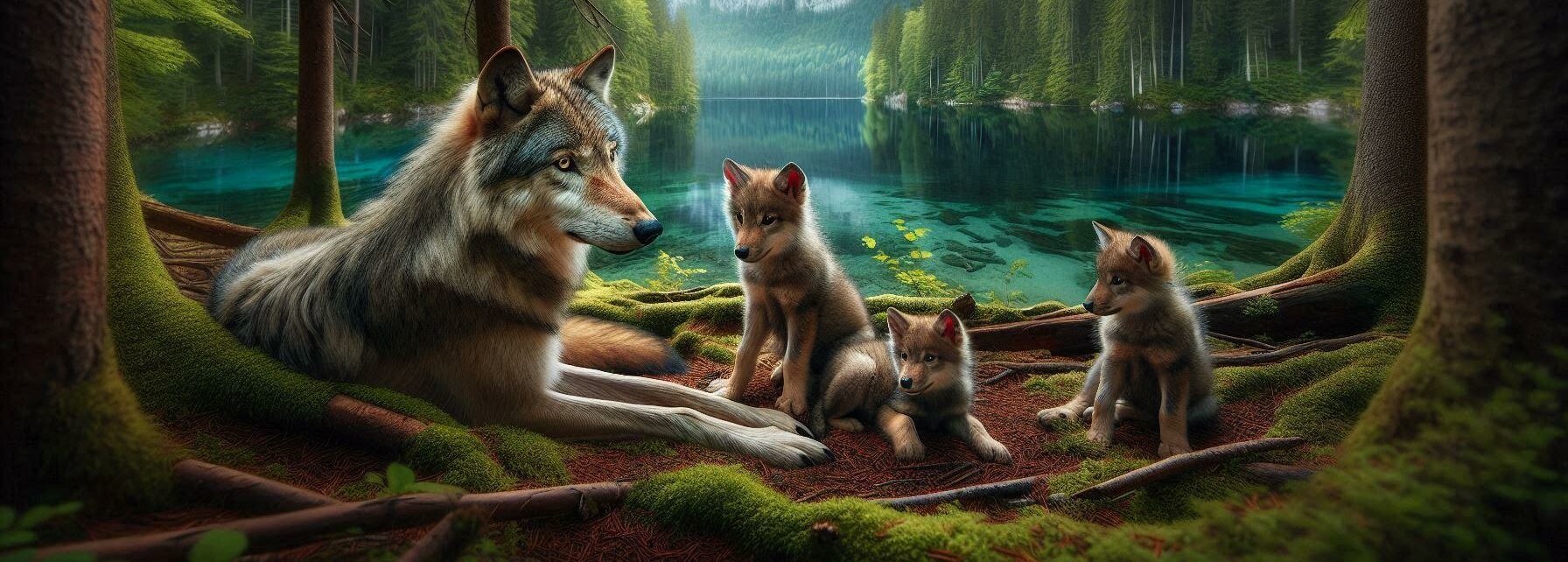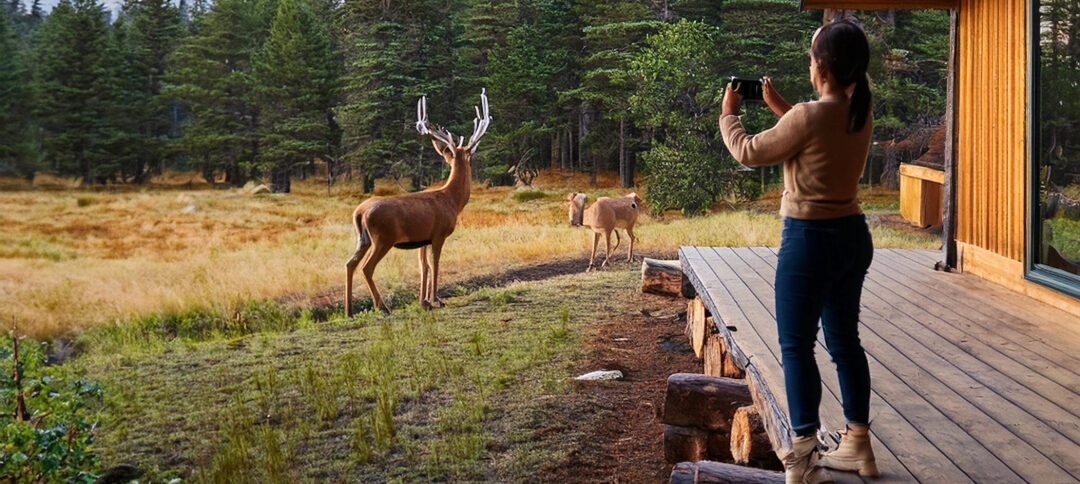Wolves are amazing creatures with an important role in their ecosystems. As apex predators, they help keep other animal populations in check, promoting biodiversity.
Physically, wolves are built for the hunt. They have powerful jaws, sharp teeth, and strong, well-muscled bodies. Their keen senses, especially their sense of smell and hearing, make them highly effective hunters. Their coats, varying from white to black, help them blend into different environments.
Behaviorally, wolves are fascinating. They live and hunt in packs, which are complex social structures usually led by an alpha pair. Cooperation is key in a wolf pack. They rely on each other for hunting, protection, and raising their young.
Wolves aren’t picky eaters. Their diet mainly consists of large ungulates like deer and elk, but they’ll also eat smaller mammals, birds, and even fruits if prey is scarce. Their hunting strategies involve incredible teamwork, often driving prey into ambushes, showcasing their intelligence and coordination.
Habitat and Distribution: Where Wolves Roam
Wolves are spread across various regions around the world. From the cold tundras of Alaska to the forests of Eastern Europe, they have adapted to a wide range of environments.
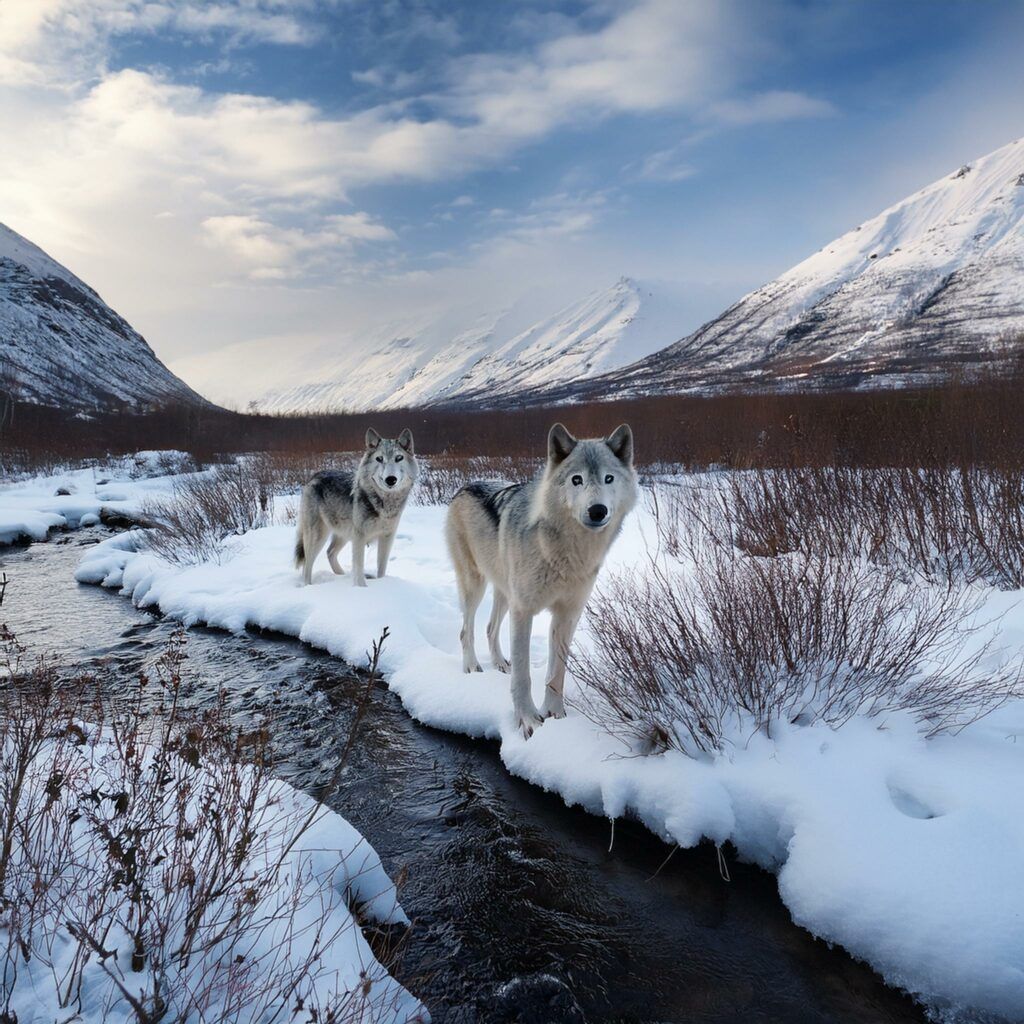
Different types of habitats appeal to wolves, including forests, grasslands, deserts, and tundras. They prefer areas with plenty of prey and adequate cover for hunting. It’s also important that these areas have water sources close by.
Several factors influence where wolves decide to settle. Availability of food, human development, climate, and competition with other predators all play significant roles. Wolves are known to travel great distances in search of new territories, demonstrating their adaptability and resilience.
Environmental changes, like deforestation and urbanization, can have substantial impacts on wolf populations. Human activities often encroach on their habitats, leading to conflicts and challenges for these majestic creatures. Conservation efforts are crucial to ensure wolves continue to thrive.
Wolves are resilient, but they also need our support. Protecting and restoring their habitats is key to their survival. By understanding and respecting their living conditions, we can coexist with these incredible animals and support their conservation.
Wolves and Their Packs: The Social Hierarchy
The pack is the heart of wolf society. Usually led by an alpha male and female, packs vary in size but all follow a complex social hierarchy. This structure keeps order and ensures survival, with each member playing a specific role.
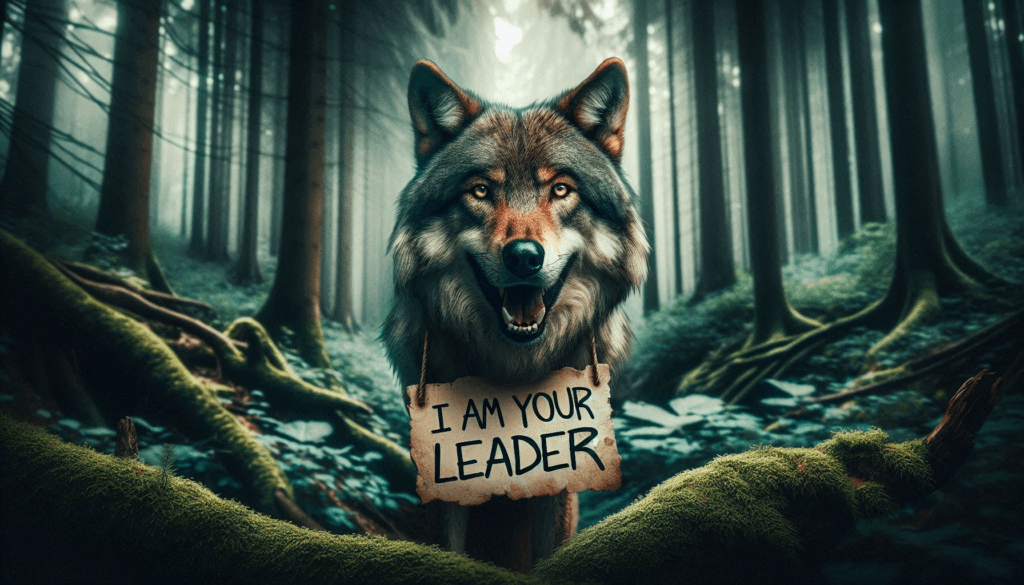
Alpha wolves are the leaders, responsible for making decisions, particularly during hunts and territory defense. The beta wolves act as the second-in-command, providing support to the alphas and often stepping in if the leaders are unavailable.
Beyond the alphas and betas, there are mid-ranking wolves who help with hunts and pup care, and omega wolves, who sit at the bottom of the hierarchy. While omega wolves may appear to have the hardest life, they play an important role in defusing tension within the pack and maintaining social bonds.
Communication is key for wolves. They use a combination of vocalizations, body language, and scents to interact. Howling isn’t just for the movies; it’s a vital communication tool for rallying the pack, marking territory, and keeping track of each other.
When it comes to reproduction, only the alpha pair typically breeds, ensuring the pack doesn’t grow beyond what its resources can support. Pups are brought up with the entire pack’s support, learning the ropes from older, more experienced wolves. This communal upbringing strengthens the pack’s unity and chances of survival.
Conservation Efforts: Protecting the Majestic Wolf
Wolves face numerous threats in today’s world, with habitat loss and human conflict topping the list. Urban development, deforestation, and agriculture reduce their natural habitats, forcing wolves into closer proximity with humans, often leading to unfortunate confrontations.
To safeguard these majestic creatures, various conservation initiatives have been launched. Protected areas and wildlife corridors are set up to provide safe haven and connectivity between different wolf populations, ensuring genetic diversity and healthier packs.
Rehabilitation programs play a crucial role. Injured or orphaned wolves are cared for and reintroduced to the wild whenever possible. These efforts are supported by organizations dedicated to wolf preservation, and driven by passionate individuals who understand the importance of these predators in our ecosystems.
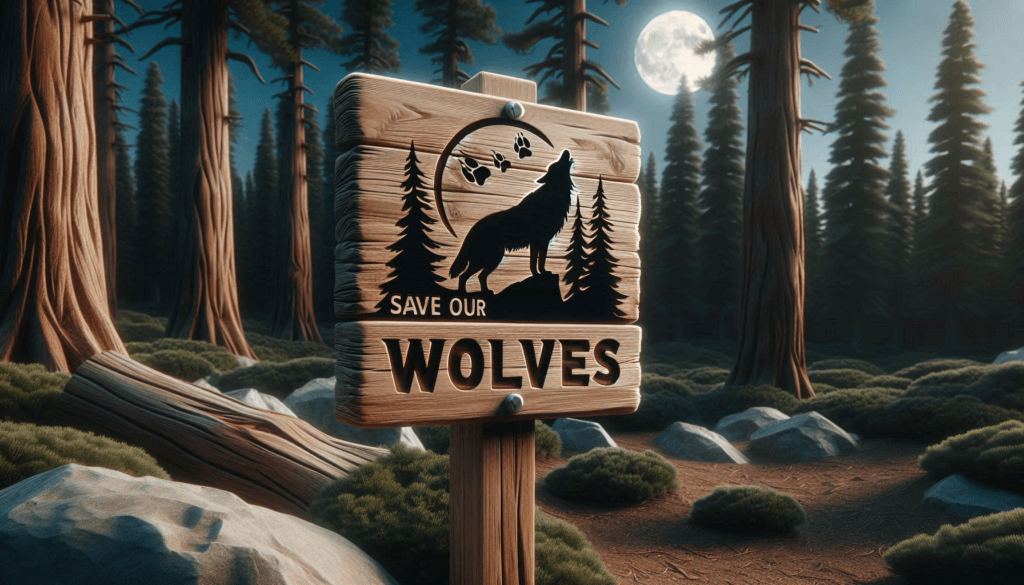
In many regions, legal protections have been established to prevent hunting and trapping of wolves. While controversial, these laws have been instrumental in stabilizing, and even increasing, wolf populations in some areas.
Human involvement is essential. Educating communities about living harmoniously with wolves can reduce conflicts. Programs that help livestock owners implement non-lethal wolf deterrents are a win-win, protecting both livestock and wolf populations.
Looking ahead, the future challenges are numerous. Climate change, ongoing habitat loss, and the need for coexistence strategies all require continued attention and adaptive management. It’s a team effort, blending science, policy, and community engagement, to ensure that wolves continue to roam our planet for generations to come.


